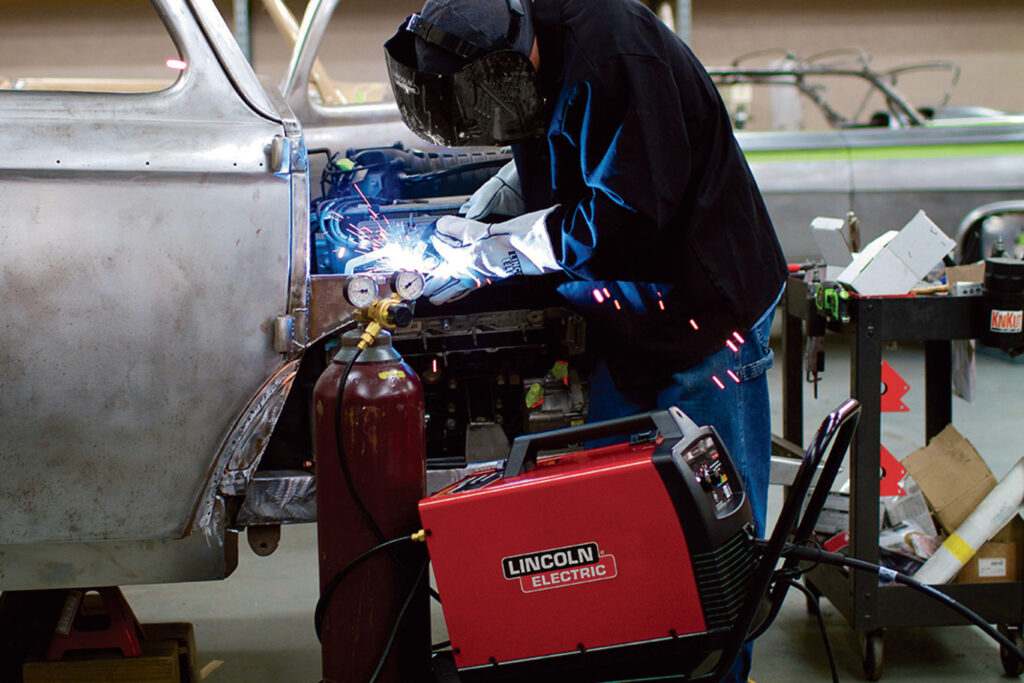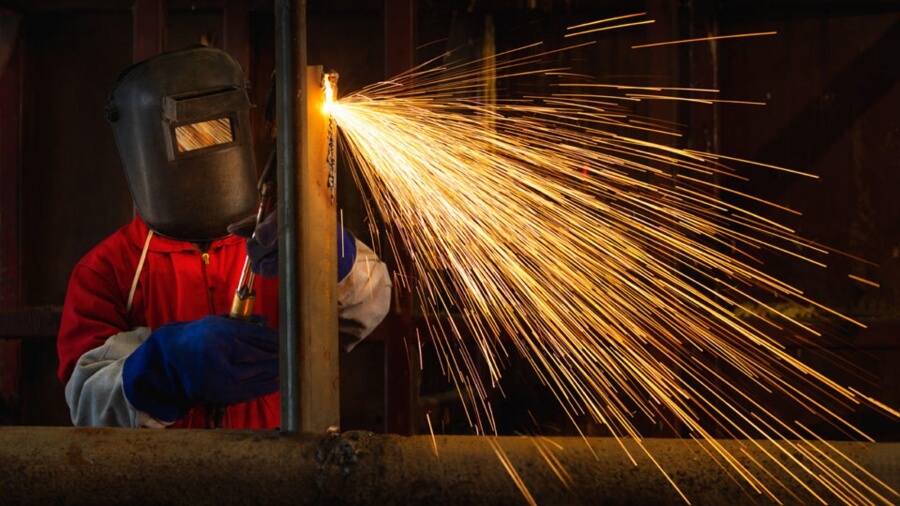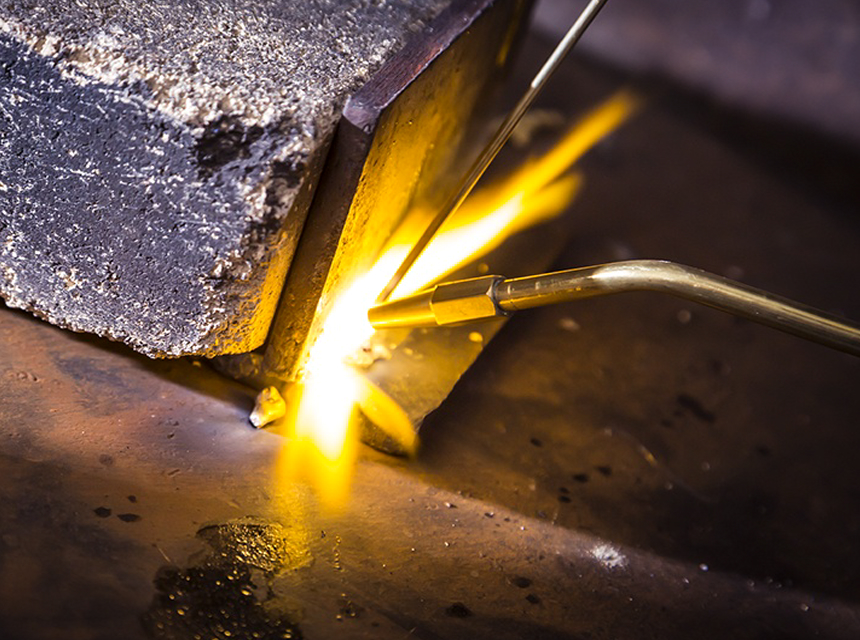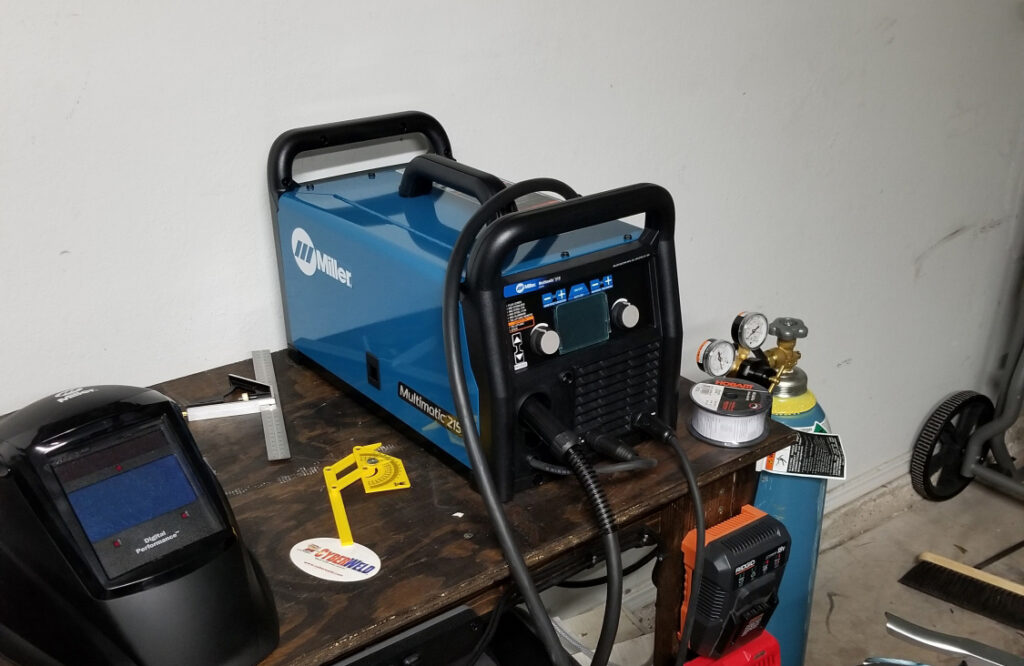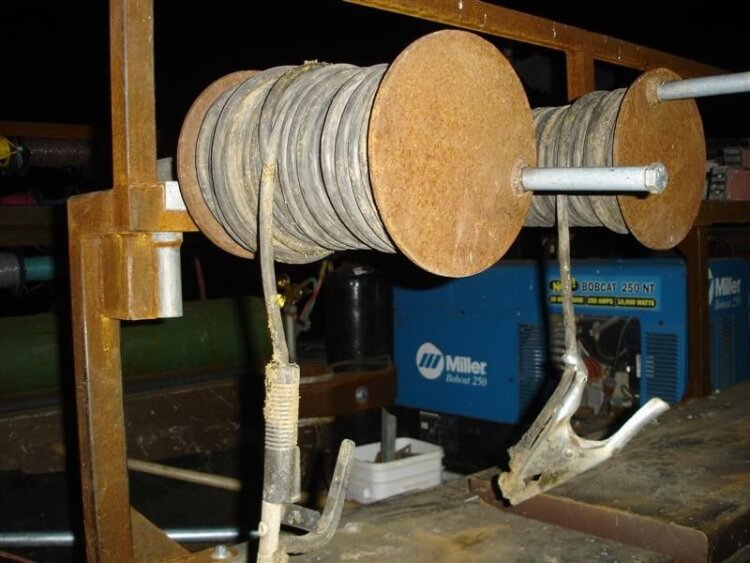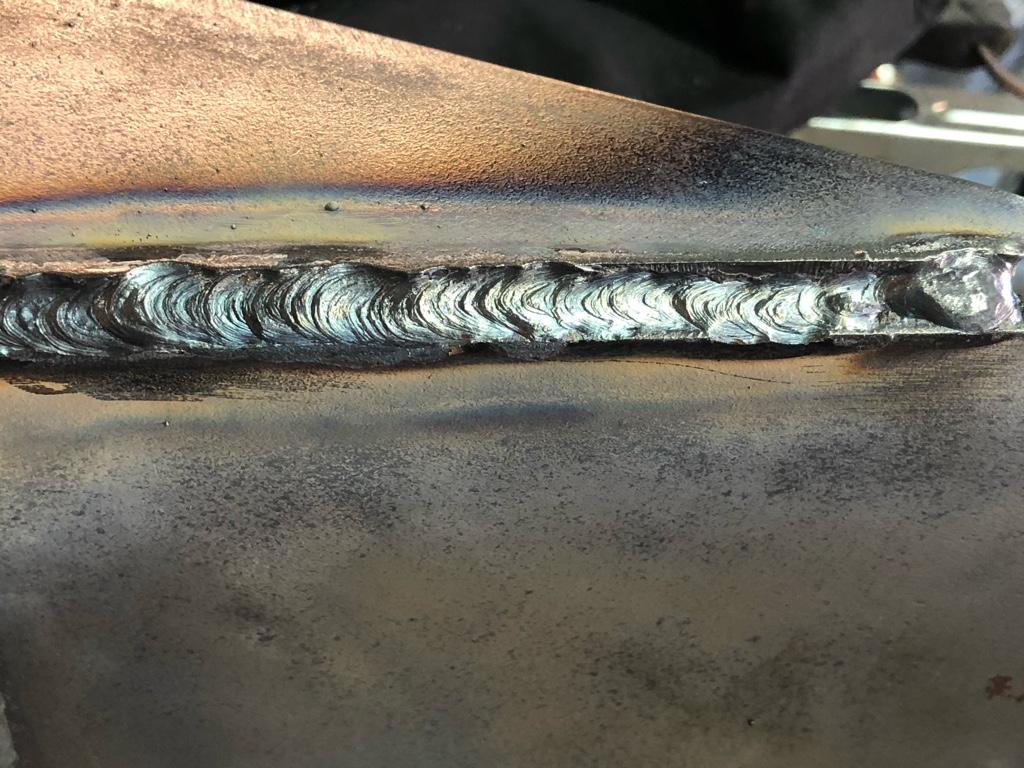

You can’t learn welding without understanding the importance of grounding your welder before you start working. That’s because grounding is crucial in ensuring the safety and the success of your project. We know that the last thing you want to do is compromise your safety and weld quality when you can simply avoid such a catastrophe.
As a beginner, learning how to ground a welder can prove pretty tricky but frankly, it’s not a complicated exercise as you’ll soon learn in this article. You’re going to need a ground clamp to ground your welder. This move will help you complete the electric circuit and allow the welder to create an arc safely and effectively. If you don’t know why you need to ground your welder and the types of welding grounds available to you, be our guest as we discuss everything you need to know about the process in this article.
Understanding the reason you need to ground the welder helps you learn the importance of such a move. You might think that a quick weld won’t have severe consequence, yet we ask to reconsider.
You can’t find a serious or professional welder who doesn’t ground their welder because this is standard safety practice. According to Wikipedia Trusted Source Earthing system An earthing system (UK and IEC) or grounding system (US) connects specific parts of an electric power system with the ground, typically the Earth’s conductive surface, for safety and functional purposes. en.m.wikipedia.org , a grounding system serves safety purposes. Despite the great power outputs of the best 120v welders or the exceptional travel speed of the best welders for aluminum, the machines’ excellent features won’t stop you from getting shocked.
Therefore, you need to ensure correct grounding within your arc welding setup to guarantee safety within your workspace.
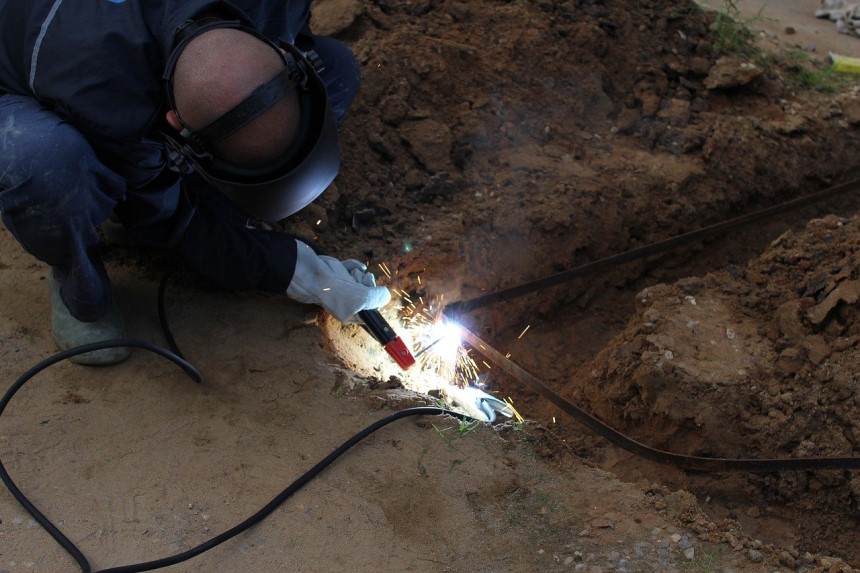 Weld quality
Weld qualityBesides your safety, another thing you don’t want to compromise as a welder is weld quality. By not grounding your welder, you’re reducing the weld quality. Therefore, you need to ground your welder to enhance the quality of your welds. If your grounding is poor, the welder’s performance is typically affected and the overall welding quality is consequently reduced.
To avoid compromising your weld quality, you simply need to ground your welder correctly.
Even though we’ve hinted what would happen if you had a poor grounding while welding, we’ll provide more details below:
The current leak is the main consequence of poor grounding. Specifically, current will either leak or be restricted if your ground clamp is not connected properly or well maintained. The current leak usually leads to a decrease in output voltage for your work, thus affecting your overall welding project.
Another consequence of not connecting or maintaining your ground clamp properly is the clamp getting extremely hot while you weld. By heating up, your welding project is bound to suffer. We also advise opting for a ground clamp of the highest quality. Such a move can provide instant improvement in the performance of your welder.
As we hinted earlier, there are several types of welding grounds you can deploy for a safe and quality welding project. Below, we’ll discuss them:
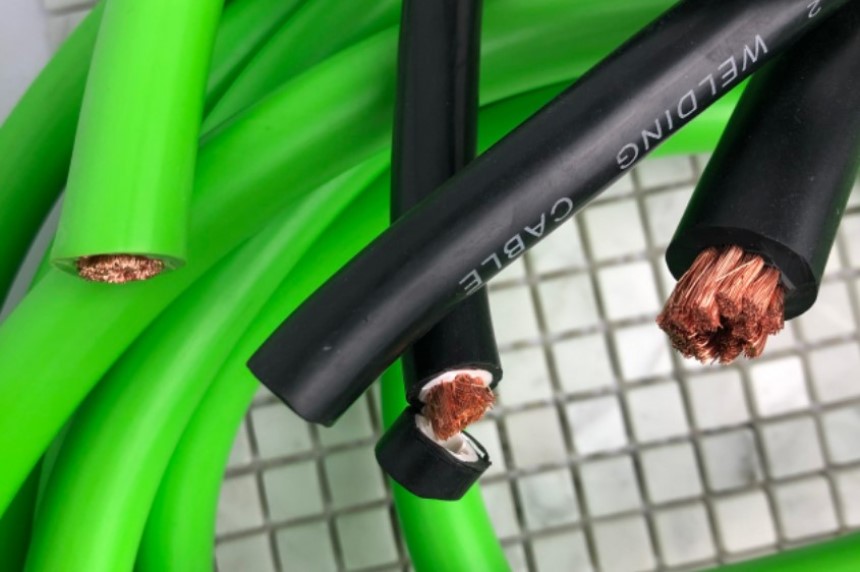
Regardless of the safety the double insulation offers, using a grounding clamp provides added safety that you don’t hurt.
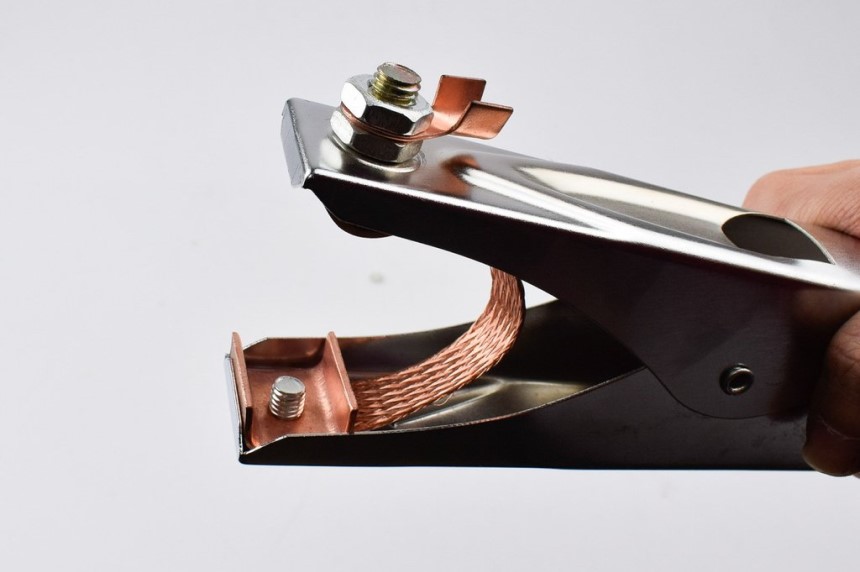
Moreover, grounding connectors connect the welding machine to the ground. When the machine’s enclosure is connected to the ground, it ensures that the ground and the metal have the same potential for energy, thus protecting you from potential shock if you touch the two points.
Besides preventing shock, grounding in this case also limits the enclosure’s voltage which can be a good thing in case the equipment’s insulation fails suddenly.

When doing this type of connection, we do not advise using an adapter because it will reverse the grounding and stop the pin from connecting properly. Another thing you don’t want to do is remove the grounding pin from the plug due to its vital function. The pin significantly contributes to your safety.
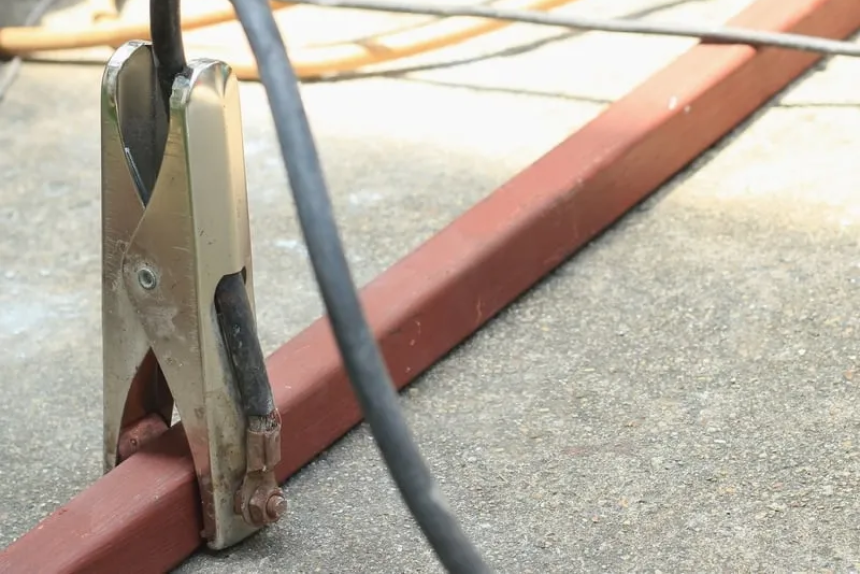
For workpiece grounding, the circuit gets isolated from the ground instead of being connected within the equipment. Plus, this type of grounding requires a direct connection between your workpiece and the metal table your welding project is sitting on. Even metal building frames can get the job done as long as they have no connection with the circuit connection formed by your welder.
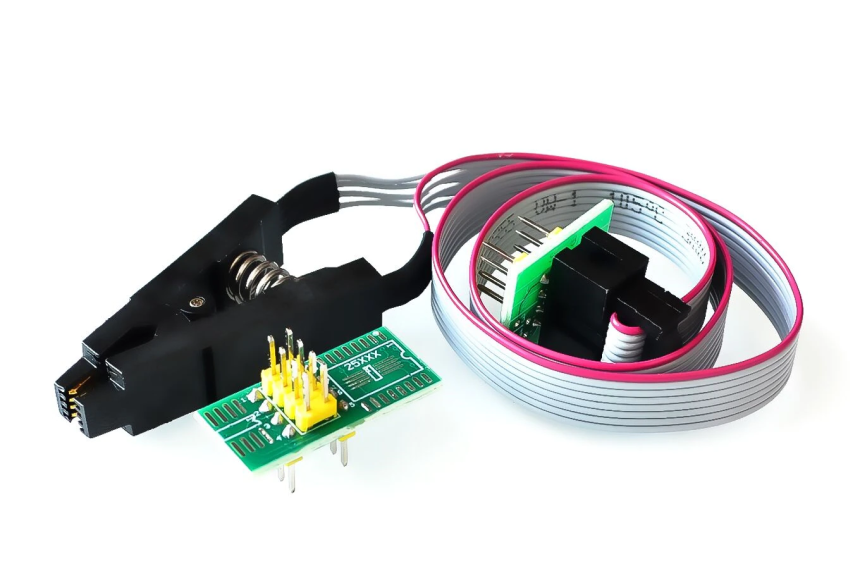
Additionally, test circuits typically tell you if the grounding circuit is working at a particular outlet thanks to an indicator light. Hence, you’re about to tell whether or not you need professional help to establish grounding for the circuit.
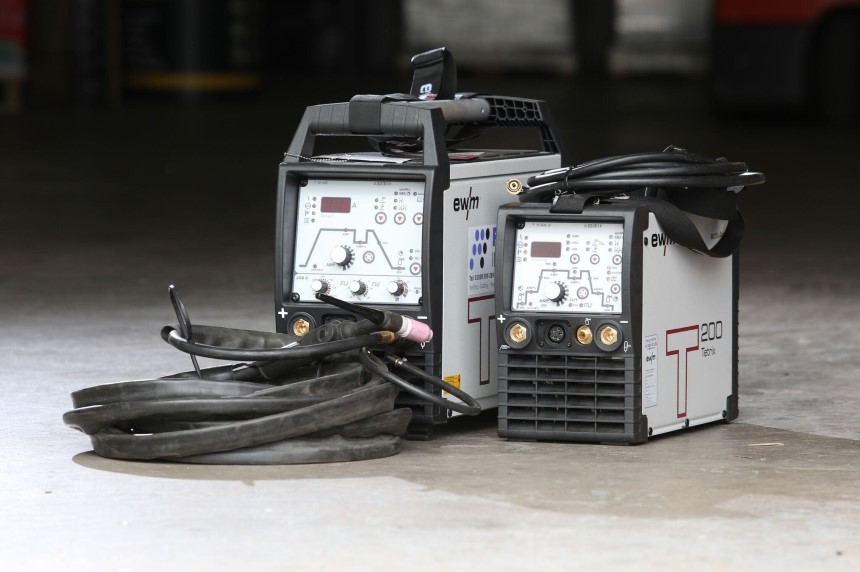
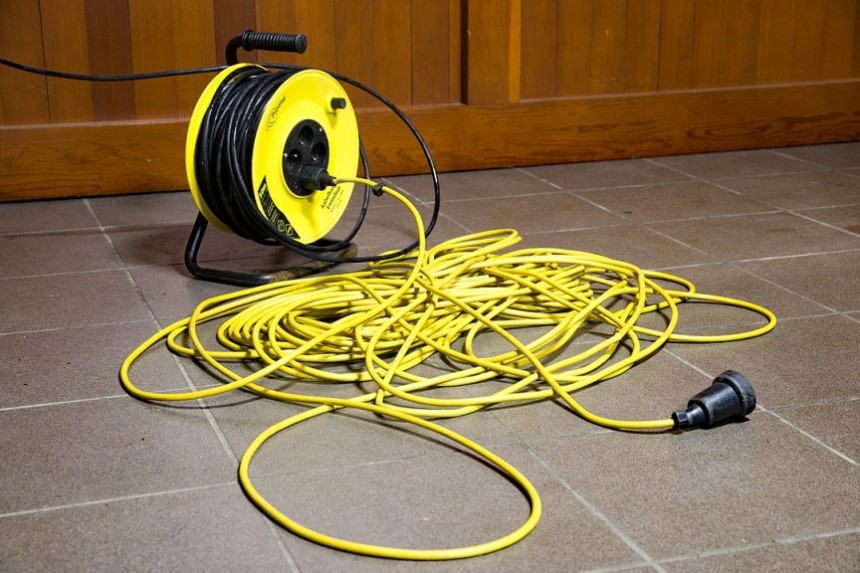
With the tester, you can confirm if the connections within the receptacle, plug, and cord are all working properly without any issue.
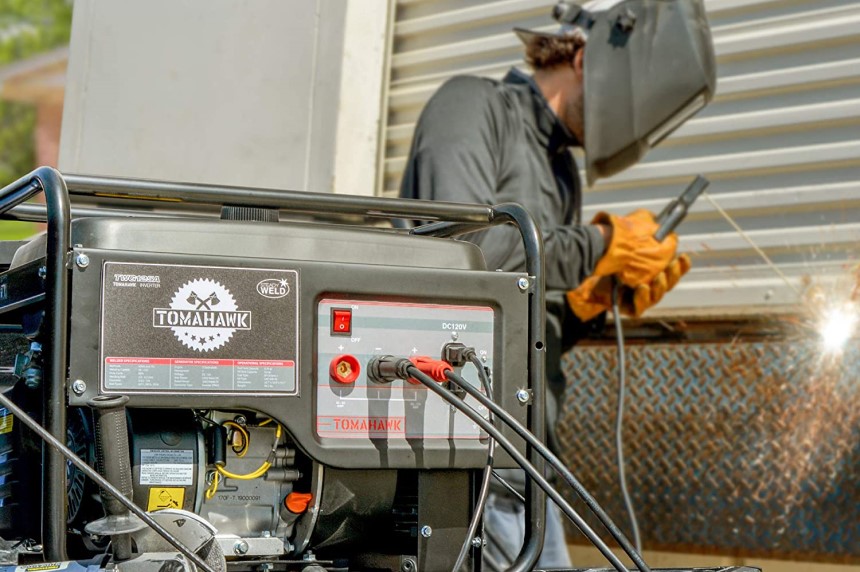
However, finding a convenient method of earth grounding the equipment can be pretty tricky or almost impossible. Therefore, you’ll usually need to take power from receptacles using a plug or cord that must feature a grounding pin. Also, you’ll need your generator’s frame to be electrically connected to the truck’s frame.
If you can’t satisfy these requirements, then you’ll need to ground the generator. Furthermore, you’ll need a ground if the power is hard-wired into the generator without requiring a plug or cord.
Thankfully, engine-driven welders are designed with ease of use and safety in mind. A good example of this type of welder is the Bobcat 250 Engine-driven Welder that boasts peak auxiliary power of 11,000W and continuous auxiliary power of 9500W. Not only is it great for Flux-Cored and Stick welding, but it also provides a more efficient and safer working environment.
After discussing the various types of welding grounds, it’s time to talk about how to ground a welder. Below, we’ll discuss everything you need to know about grounding a welder correctly:
Before you go ahead to ground a welder, the first thing you must do is choose a proper clamp. There’s no grounding a welder properly without the right clamp. There are different types of grounding clamps, including copper, brass, bronze, zinc, etc. However, copper and brass clamps are the most popular options among welders.
Despite its relatively low cost, zinc is not a favorite due to its weakness and poor corrosion resistance.
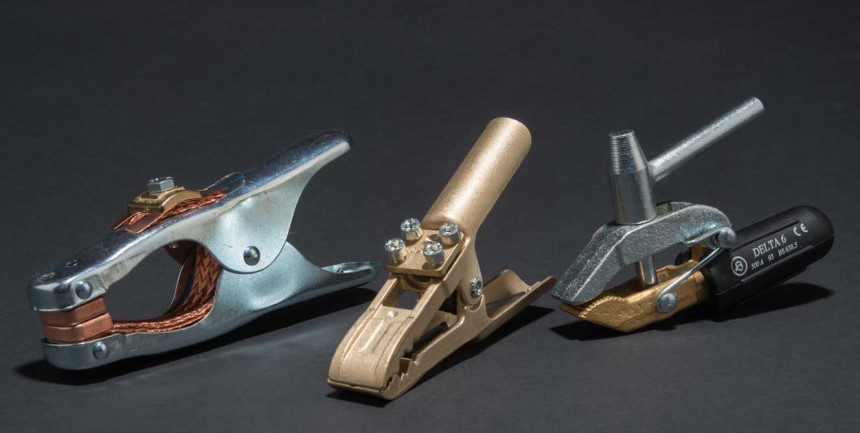 Brass or copper?
Brass or copper?Right now, you’re probably torn between opting for brass or copper. Luckily for you, we know the better choice. First of all, copper is a more conductive metal than brass and most other clamp materials. However, silver is the best option for operation but it’s not a popular choice due to its high cost.
Economically, copper is the clear winner because it gets the job done while costing much less. Even though copper is quite great, brass is used frequently because it’s easily accessible—and you can’t say the same thing for copper. Overall, copper is a better choice than brass. Copper strikes a good balance in terms of cost, conductivity, and resistance to corrosion.
So, to answer your question, a copper clamp is always the better choice although brass is not a bad option if you have a lower budget.
Besides, getting your hands on a copper clamp can give you a better understanding of our decision. The Lincoln Electric K910-2 Heavy Duty Ground Clamp looks just like the right candidate to show the excellent qualities of copper clamps. As various users have highlighted, this ground clamp boasts easy operation and a heavy spring that tightly clamps to the work table or workpiece.
What about getting your hands on a clamp that combines two materials? The Bessey Bar Clamp Set is one of the rare high-quality products that offer you the best of two worlds. Made from tempered alloy steel, the clamp set is heavy-duty and suitable for a wide range of welding projects.
Another choice you must make before grounding your welder is choosing a clean metal for welding ground clamp placement. You just can’t ignore this choice because frankly, clean metal works best and you need it to be close to your piece. Using unclean metal will only make life difficult for you and we guess that you don’t want that.
Now, let’s talk about where to put ground clamp when welding and how to hook up the clamp. You need to get the circuit connected to ground your welder. But how do you do this? Simply by putting a ground clamp on the workpiece. Not only is the clamp expected to have the right level of conductivity to perfect the circuit, but it should also ground the welder to prevent shocks and sparks.
Moreover, it doesn’t hurt—it helps—to have a dampener nearby when hooking up the ground clamp to ensure your safety. This dampener, which can be wood, can help you stop the current from affecting your body.
Furthermore, most clamps require the grounding strap to hook onto a log. Both sides of the clamp will have a contact plate. The clamp will stop conducting electricity once the contact plates have burned through. Therefore, ensure the proper maintenance of your clamp and replace it before there’s overheating.
Besides, larger clamps are usually completely made of conductive metal with jaw teeth and giant springs to aid connectivity. Also, if you happen to be doing your project from a metal bench, you can clamp your ground to the bench somewhere clean. You should tuck it out of the way to prevent you from tripping over it.
However, you may get shocked if you lean against the work table or cable. You can avoid this situation by hooking the clamp to your workpiece whenever you can. In case your piece cannot handle it, go for a giant clamp that can give you bare metal to bare metal contact. You can then attach your ground cable to the clamp. That way, your cable is no longer part of the ground and it’s safe to lean on the work table.
Nevertheless, we can’t rule out a situation whereby the workpiece is too small for a giant clamp. In this case, you’ll be stuck with clamping the ground to the bench. However, you’ll need to avoid leaning on the table. Alternatively, you can purchase some welding sleeves that are designed to offer protection from the flying sparks, heat, and UV radiation on the weld.
While grounding a welder, there are some things that you should avoid. While we’ve pointed out some, there are others that you need to know. Firstly, always watch the metal bench and ensure that it doesn’t contact the wall to avoid safety problems. Also, do not hook the clamp to yourself. Another thing you shouldn’t do is touch the cable during operation.
Furthermore, don’t lean against the ground cable or work table if the clamp is hooked to it. Additionally, you shouldn’t be carefree when welding automotive projects. Lastly, don’t clamp the ground cable to heels.
Despite our best efforts to explain nearly everything about how to ground a welder, we understand that you might still have some questions you need answers to. Below, we’ll do our best to provide some answers to common questions people ask:
It’s hard to give a straightforward answer here. You’ll have to determine which polarity—whether negative or positive—you should use for grounding by taking a look at the cables connected to the front of your welding machine. While the welding torch is attached to the negative or positive stud, the work lead is attached to the other.
If your torch is attached to the negative stud, you’ll have to use negative polarity for grounding. If the torch is attached to the positive stud, you’ll need to use positive polarity.
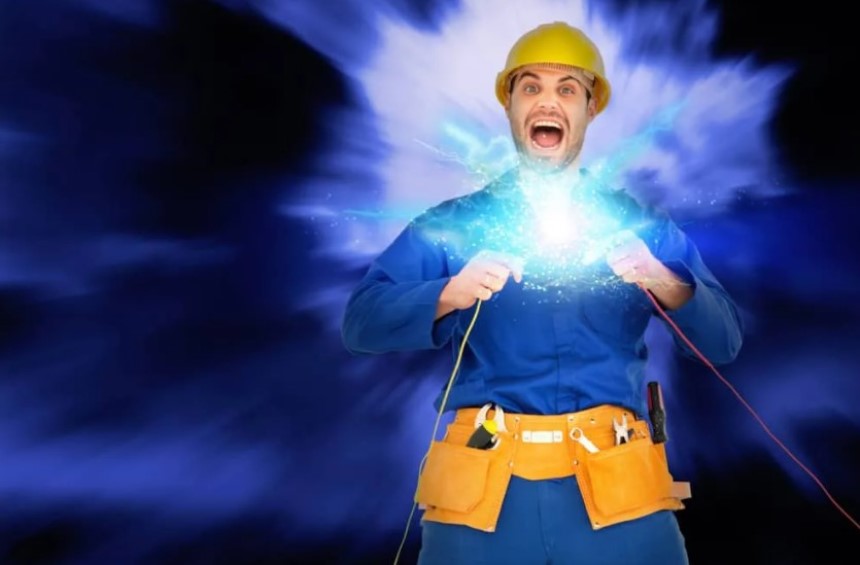
How can you avoid getting shocked by a grounded welder? Avoid touching the electrode because its metal parts and exposed wire connectors can connect the holder to the welding machine through you. You should also avoid standing on a metal floor. Such a floor can increase the likelihood of shock.
That’s not all: you can wear gloves that are made from insulating materials to work to insulate yourself from the risk of shock. Additionally, maintenance is very important. You should maintain your extension cord and equipment properly. Also, you should replace leads once you notice cracks or any damage. And don’t forget to switch the machine off and unplug it before performing repairs.
However, if you end up getting shocked, don’t hesitate to seek emergency medical care immediately as advised by Australia’s Health Direct. Trusted Source Electric shocks and burns - symptoms and treatments | healthdirect Information about electric shocks and burns, including what it is, causes, symptoms, safety, treatments and self-care www.healthdirect.gov.au
Without any doubt, high-quality ground clamps improve weld quality and ensure optimum safety during operation. Frankly, you can’t just do without grounding your welder because it could be the difference between a good weld and a bad weld at the end of the day. Trust us, you don’t want things going wrong when working on your project. And grounding your welder is a reliable way to ensure that.
Furthermore, this article promises to help you learn all there’s to know about how to ground a welder. Finally, we advise that you opt for high-quality welders that will not necessarily hurt your pocket. If you look in the right places, you’ll find the best MIG welders under $500 based on their impressive duty cycle, power, functionality, and other top features.
